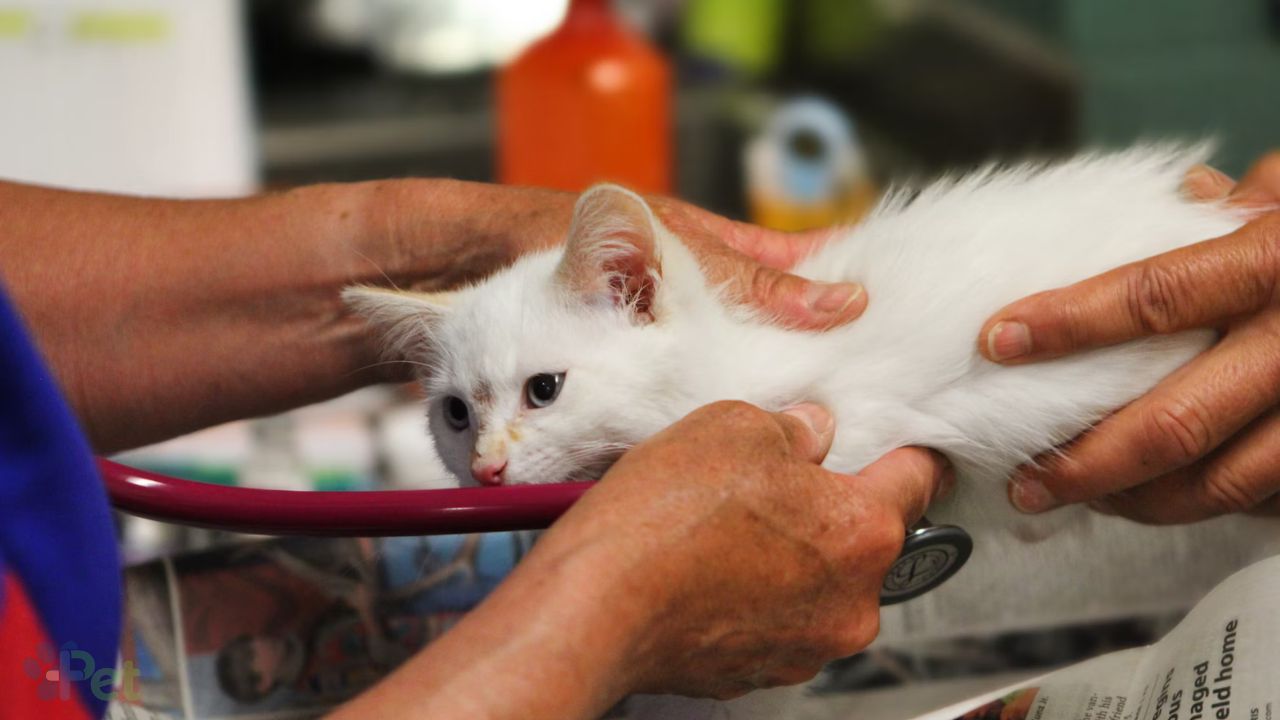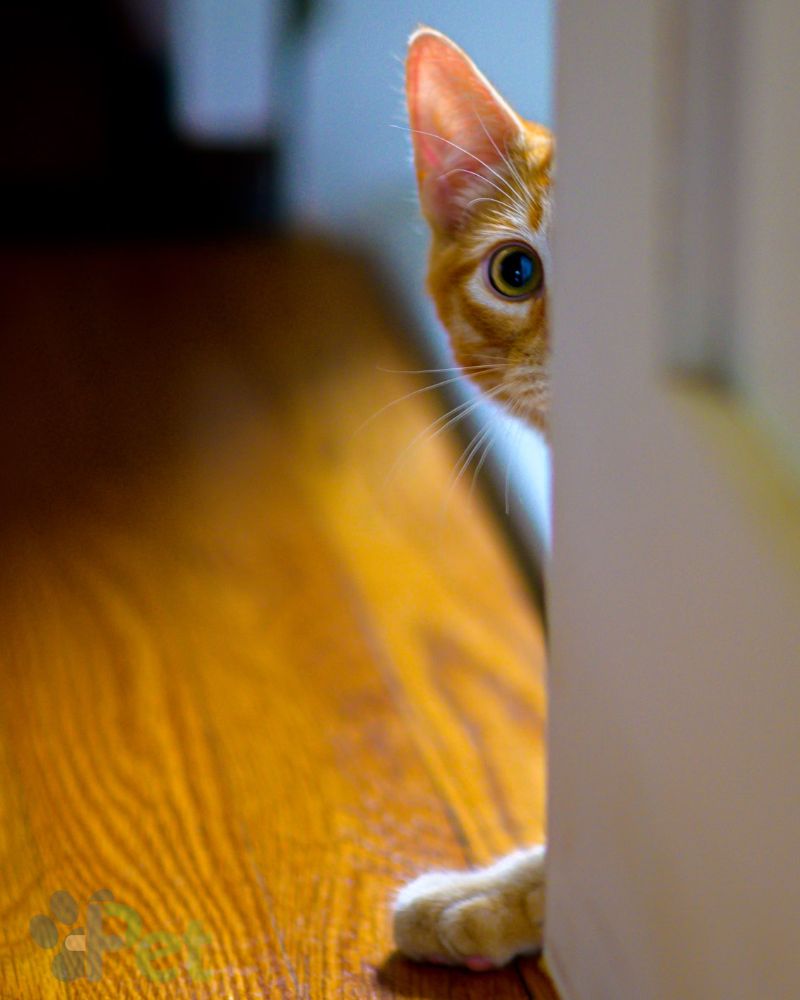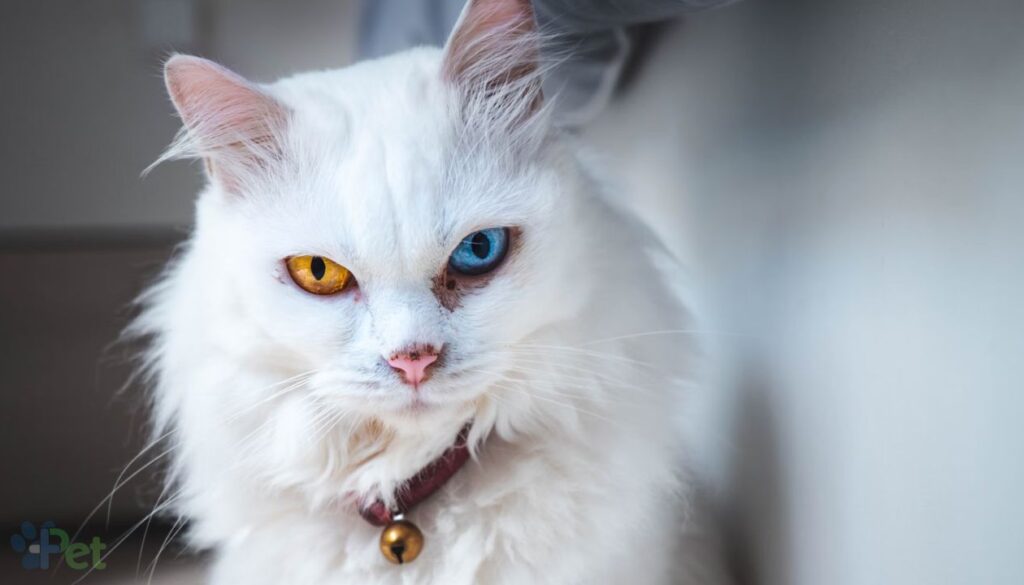5 Signs Your Cat Needs to Go to the Vet
¿Sabes cuándo tu gato necesita atención veterinaria?
Discover the 5 most common signs that it’s time to visit the vet.
Take care of your feline’s health!
Cats are experts at hiding their discomfort, which can make it difficult to know when they need medical attention. However, there are clear signs that indicate it’s time to take your feline to the vet. In this article, we explain the 5 most common signs you shouldn’t ignore to ensure your cat is healthy and happy.
Changes in Appetite
Increased or decreased appetite: If your cat stops eating or overeats, it could be a sign of health problems such as diabetes, kidney disease, or stress.
Be careful! Sometimes our cats frequently visit the neighbor. The neighbor, just like you, falls in love with the cat and begins to give them small snacks that your cat lovingly appreciates, foods they like, and suddenly they’re eating in two places! So keep an eye on your cat and find out if your neighbor is cooperating with their diet.
Difficulty eating: If you notice your cat having difficulty chewing or drooling, he or she may have dental or gum problems.

- Behavioral Changes
Cats are masters at hiding pain, but changes in their behavior are a key warning sign. Pay attention to these signs:
Apathy or Lethargy
What to watch for:
- Sleeping more than usual (even for a cat).
- Ignoring favorite toys or not reacting to stimuli (such as the sound of eating).
- Lying in one place for hours, with a hunched posture.
Possible causes:
- Chronic pain (e.g., arthritis).
- Infections (urinary, respiratory).
- Anemia or metabolic problems (such as diabetes).
Aggression or Hiding
What to watch for:
- Excessive purring (sometimes a sign of pain, not just happiness).
- Growling, hissing, or biting when you try to touch them (especially in specific areas like the abdomen).
- Spending hours hiding under furniture or in unusual places (avoiding contact).
Possible causes:
- Physical trauma (e.g., a hidden fracture).
- Stress due to illness (hyperthyroidism, kidney problems).
- Dental infections or internal injuries.
Key Facts:
- Older cats often display lethargy as a symptom of degenerative diseases.
- A cat that stops grooming (licking) could have joint pain or depression due to illness.
What to do?
- 24-48 hour rule: If the behavior persists for more than a day, see a vet.
- Record a video: Capturing movements or reactions helps with diagnosis.
- Avoid self-medication: Never give human painkillers (such as ibuprofen); they are toxic.
3. Problemas en la caja de arena
- 24-48 hour rule: If the behavior persists for more than a day, see a vet.
- Record a video: Capturing movements or reactions helps with diagnosis.
- Avoid self-medication: Never give human painkillers (such as ibuprofen); they are toxic.
4. Excessive Weight Loss or Gain
- Sudden weight loss: It can be a symptom of conditions such as hyperthyroidism, diabetes, or gastrointestinal problems.
- Rapid Weight Gain: Obesity in cats can lead to health problems such as diabetes or arthritis.

5. Obvious Physical Changes
- Dull Coat or Hair Loss: An unkempt coat can indicate health problems or stress.
- Discharged eyes or nose: Abnormal discharge can be a sign of respiratory infections or allergies.
- Frequent vomiting or diarrhea: If these symptoms persist, they could indicate a serious illness.
Cats are independent animals, but that doesn’t mean they don’t need medical attention. If you notice any of these 5 signs, it’s important to take your cat to the vet for a checkup.
Detecting problems early can make a difference in their health and well-being.
Have you noticed any of these signs in your cat?
If you liked it, don’t forget to share it with other cat owners!

